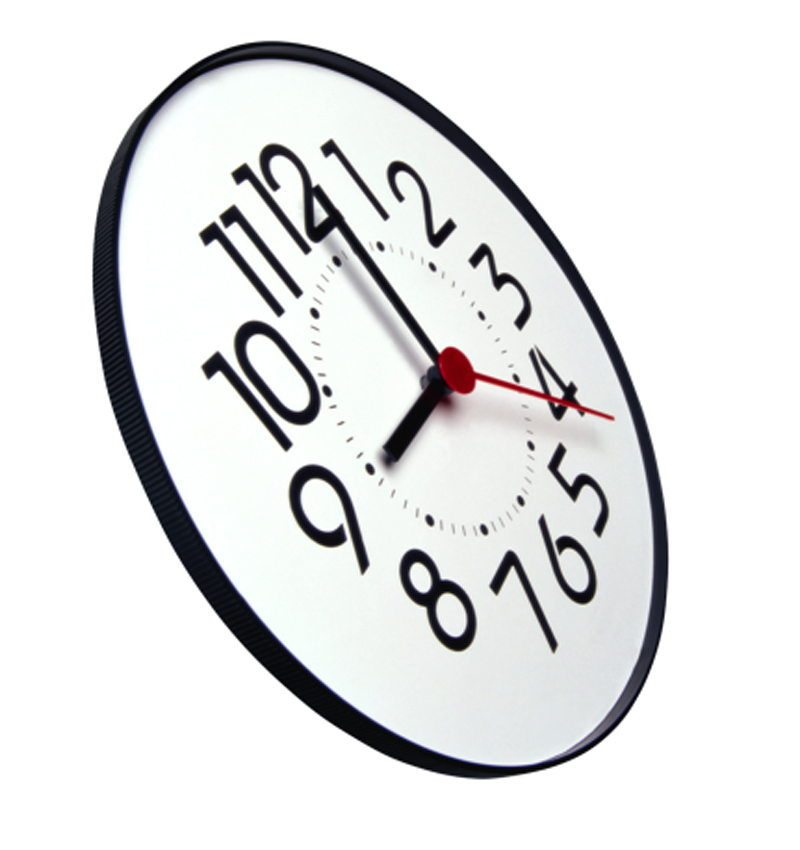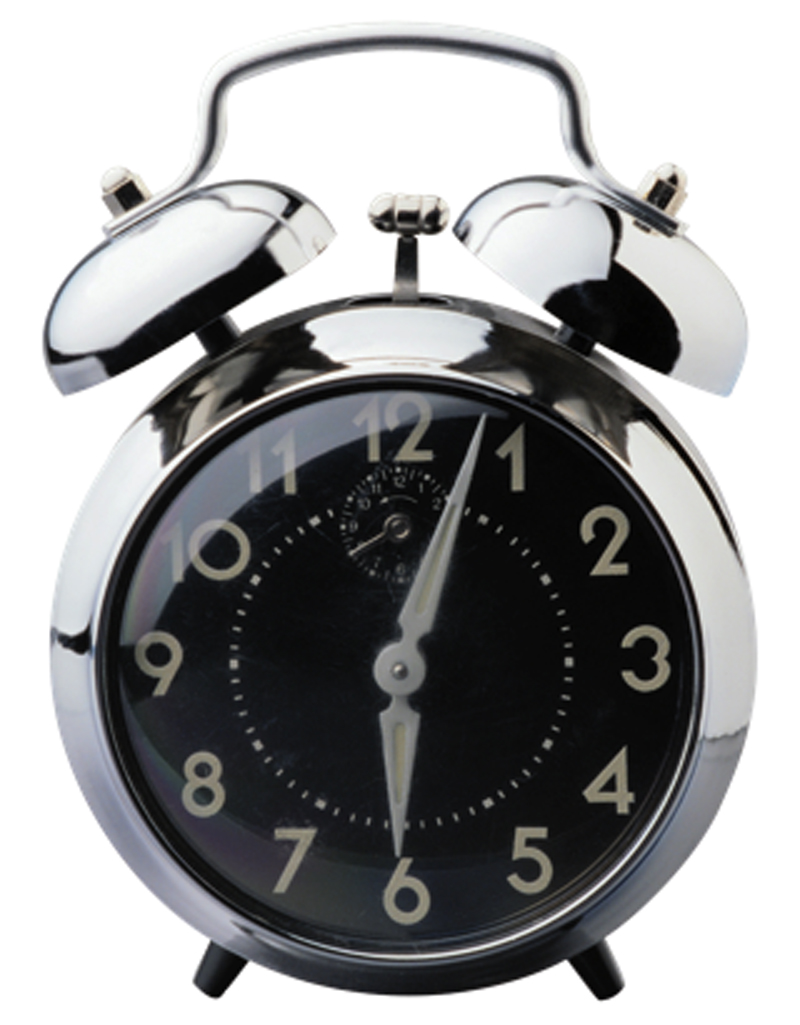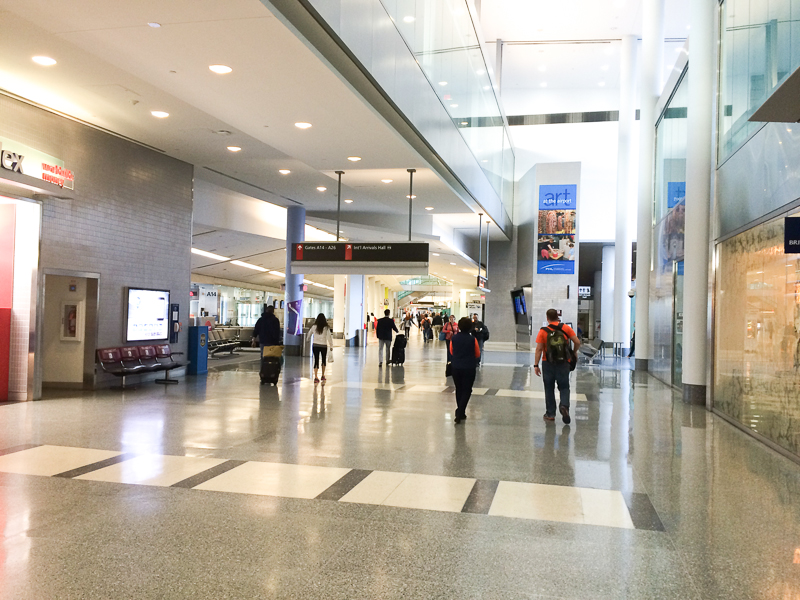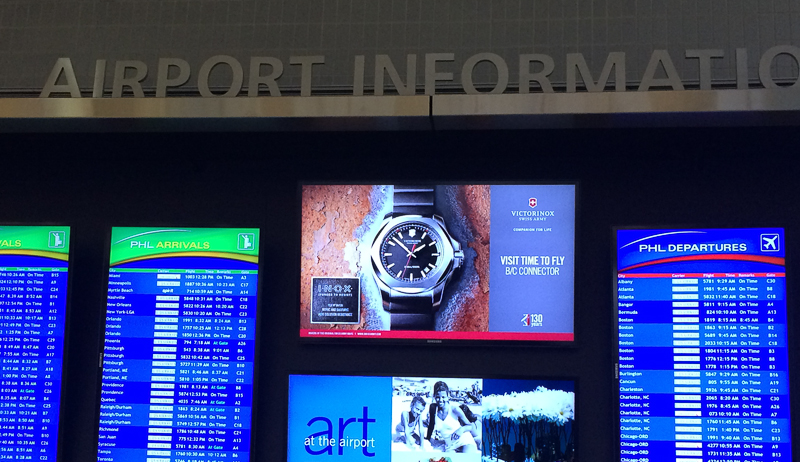What’s Up With That?
Can you think of a place more time reliant than an airport? Thousands of flights each day all struggling for on-time take offs. Baggage and cargo that must be moved from terminal to plane, or plane to plane, or plane to terminal. Fuel trucks and ground crews maneuvered and dispatched to meet the airships and ensure their timely turnaround. Inside the bowels of the airport flight crews scurry to take command of their airy steads; to gallop upward; to depart – on time.
And for whom do the crews and supporting cast serve? They serve the passengers. Those millions and millions of scurrying human ants, rushing through traffic, waiting at ticket counters, pressing at checkpoints, transferring from connecting flights, all pushing to get to their gate – on time.
Time zone to time zone and back again, people are moving. And time is the enemy. What time zone am I in? Am I early? Am I late? Mustn’t be late, mustn’t be late!
What time is it?
Crews, support staff, vendors, service providers, and travelers all need to know what time it is. What time? What time? And surprisingly, the one thing you cannot find in most airports is a clock!
Yes, it’s true. I have flown millions of miles to hundreds of cities and rarely see a clock. How can this be? Perhaps I have not been attentive. And has luck would have it (not sure if it is bad of good luck), last week I found myself in Philadelphia two hours before my plane would depart. I had flown in from some small town in New York and departed the plane at Terminal F. Terminal F is at the end of the airport; the end that serves the commuter planes. The small commuter planes that gather passengers at points far and near, and whisk them to the larger mother-ship hub airports. A choreography, in theory, of timely takeoffs and landings. Normally, if you land at Terminal F, as I did, and need to connect at the other end of the airport at Terminal A, you would take the airport shuttle bus. But I had two hours to kill. Two hours to waste or two hours to put to productive use. Most productive travelers would open their computers and do computer stuff. Instead I decided to search for the elusive clock. That diverse breed of time keeping pieces that come in a multitude of shapes, colors, and faces. Clocks that are born around the globe and somehow migrate to the US for our time keeping pleasure.
And so I hiked. Through the long deserted walk from F to E, the walk that almost all travelers skip in favor of a bus ride. From E to D, to C, to B, and finally to A.
Along the way are lounges, restrooms, alcoves, shops, kiosks, food places, and the almighty gates where the planes rest between flights. I look at each. I enter them. I am diligent. I look at walls, along and behind counters. I search for clues. There are no clocks to be found here. Not a clock to be found anywhere.
Diligent in my hunt, I leave the terminal. I exit the airport terminal. Working my way done the stairs around a mass of humanity and their baggage I realize this downward trek is dangerous. It is dangerous, because I will need to gain re-entry via a check-in point. A TSA check point where the wait time cannot be predicted. Wait time, without a clock to tell me what time it is. So I press on. It is autumn and the air is brisk. The air causes me to be brisk in my hike, brisk but attentive. Along the exterior I walk and no clock to be found. I now turn my attention to the inside again, the part I have not scrutinized. My hike takes me through the baggage claim areas, and I scale steps to the ticket counters where there is no clock. Time; what time is it? Of course I know what time it is, I have a watch. But is my watch correct? Has it slowed? Is its heartbeat of the battery strong? And what time zone am I in. Have I correctly changed it as my travels have taken me through several zones? How would I know? What should I do? One would think, the airport, the entity that that beats to schedules and time, would share with me the time.
Then it dawns on me. The flight monitors! You know, those computer screens mounted high on the wall with every single flight and status scrolling on the digital canvas. There must be a clock on them, a clock I must have missed year after year. I enter the serpentine path to checkpoint B. Luckily, my boarding pass says TSA Pre-check and I am whisked through security. And I quickly but delicately bushwhack around hordes of humanity, backpacks, and those carry-on luggage pieces. It is tedious work; on slip and I might be trampled by a herd of rushing humanity.
Finally I get to the monitors and scrutinize each carefully. There is an advertisement for watches between terminal B and C, but no clock. I give up. Time is running out. Time has run out. It is boarding time.
In spite of the dangerous and varied terrain of the adventure just completed, I make it to my gate just in time. Zone 3 is boarding. The call for zones 1 and 2 has passed. Those calls are now in the past. They are history; they no longer exist. Half the passengers are already settled in their seats, most look like soft couch-potato passengers who probably sat comatose in the waiting area while I was out risking my life searching for old man time. Is time real or a legend like Sasquatch?
The question confronts me; do I need a watch? Do I need to know what time it is? Yes, when working I need to know what time it is. How about when camping or backpacking? Do I need to know what time it is? Well a couple weeks ago the lack of a watch, a one-hour late start turning into quite an adventure. A watch would have been handy.
DOES TIME EXIST?
For most people time is a continuum of past, present, and future. On the present exists. The present exists for a nano second becoming the past as we move into the future, which is now the present. The average person’s life is 2.5 billion seconds, and then they die. Could it be that we live in a four dimensional world like the movie The Matrix? Einstein said yes. A space time continuum where time is indeed past, present and future. A world where time slows down for travelers moving at the speed of light. What about Hawking’s black hole where light cannot escape. What about the philosophers and psychologists who say time doesn’t exist — clocks are just man made mechanical devices. All of this begs the question, Do I really need a watch?
BACKPACKING WITH A WATCH?
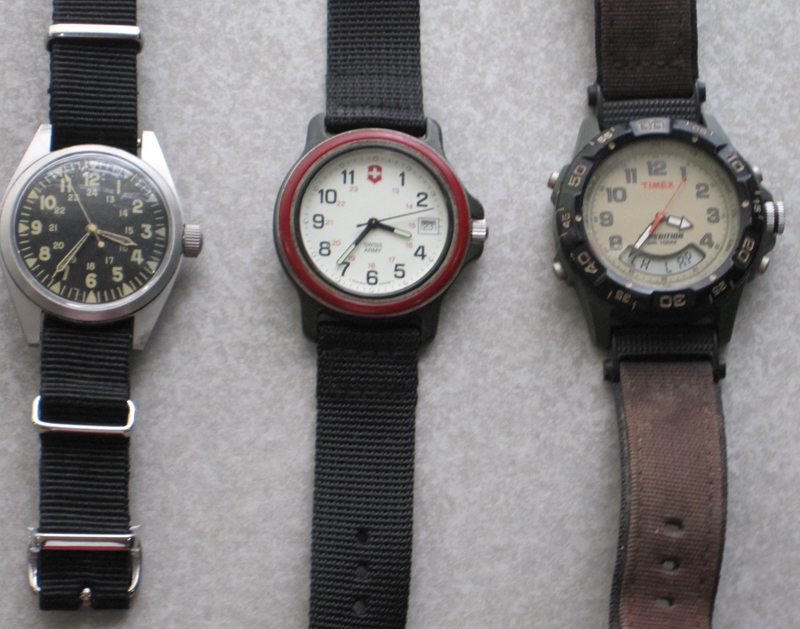
Over 40 years ago I did two six month backpacking trips. I started the first wearing a watch. Soon I found it served no useful purpose and relegated it to the bottom of my pack. The second trip I left it at home. I woke each day at sunrise and went to sleep at night. I didn’t need to know what day it was or the calendar date. I could see the seasons change. Spring became summer and summer became fall. Fall meant it was time to go home — not because it was fall; because I was done with my hike. I was ready to go home.
Some backpackers bring a watch so the have an alarm to wake them in the morning. I don’t understand that. In the morning daylight means it is time to get up.
Nowadays I usually take a watch backpacking. The past few years I have hiked some trips without a watch and find that I am pretty inefficient. How can that be?How can it be that I once wandered the Sierra for months without one? At what point did I let technology gain control of my life. Why did I let that happen?
Today, on most trips, a watch helps me plan distances, keep track of my pace, and ensure I get back in time so my wife isn’t worried about my safety. In clear weather it is fairly easy to determine the approximate time without a watch, but in bad weather you sometimes lose that ability.
I miss the days when I didn’t need to know what the time is. Watches have ruined my life. Time to take my life back — so no more hiking with a watch or any kind of time piece.
